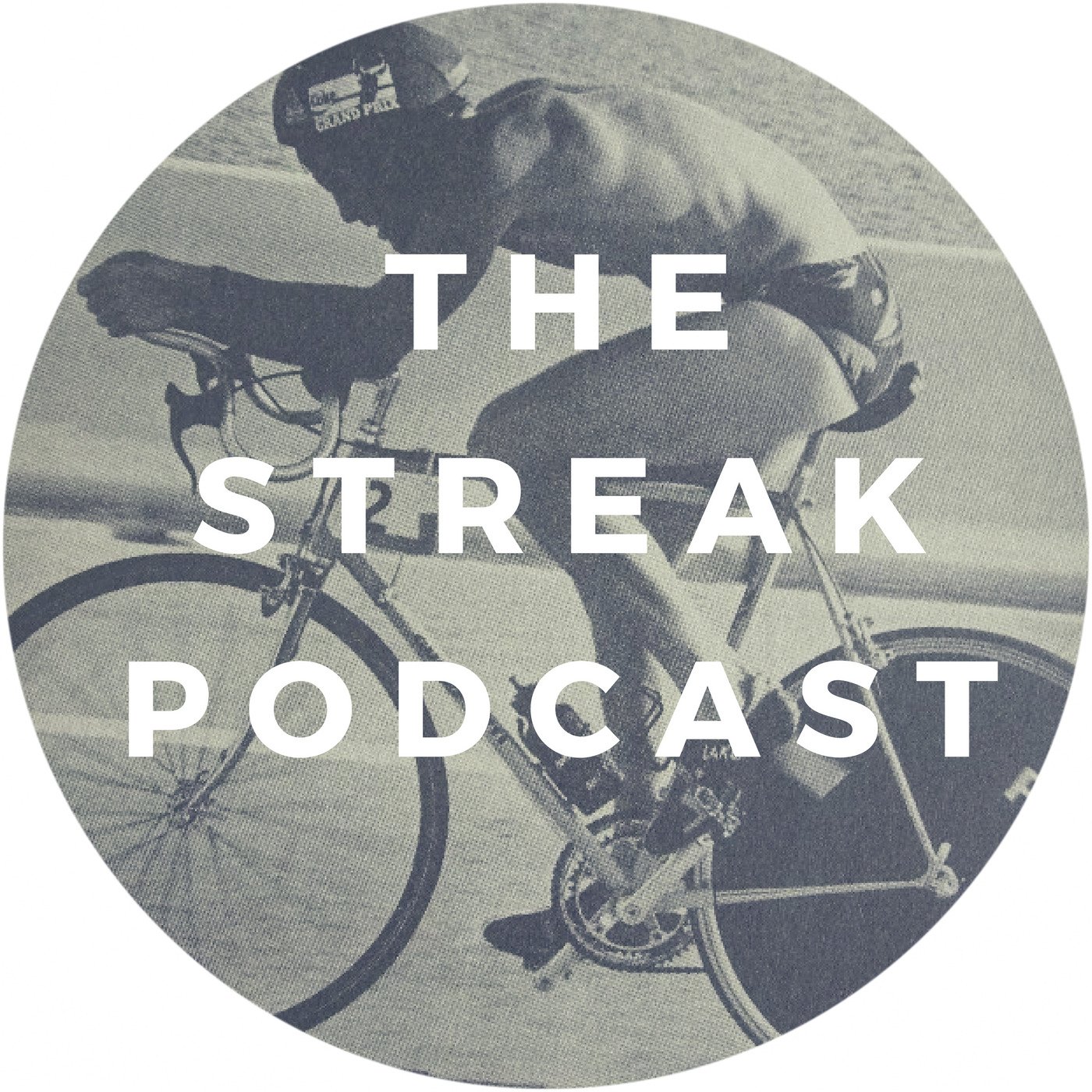TSP16: The 220 Triathlon Series - Year 1
In 1991 the team at 220 launched a 5 race triathlon series. It would last 5 years. Add a new narrative to the British triathlon season. And provide plenty of content to fill the pages of the magazine.
One of the races on the docket was Windsor. As teenage tri-nerds, the Windsor Triathlon was a big deal for me and my brother. Because it brought a big race and top athletes to within 5km of our house.
In this episode find out more about the first year of the 220 Triathlon Series and what the Windsor race was like back then.
Images:
220 (UK) February 1991
220 (UK) January 1991
220 (UK) July 1991
220 (UK) August 1991
220 (UK) October 1991
220 (UK) September 1991
220 (UK) November / December 1991
Links:
TSP4: The Le Coq Sportif Grand Prix
1991 Ironbridge Marathon Triathlon
USTS Entry Forms in 1984 and 1985
Swindon 1990
Evans - Cannondale
TSP9: The First British Triathlon Shown On TV
TSP14: The 1992 Nice Triathlon
John Lillie’s Blog. Early 220.
1991 Hawaii Ironman Results
Sources:



































